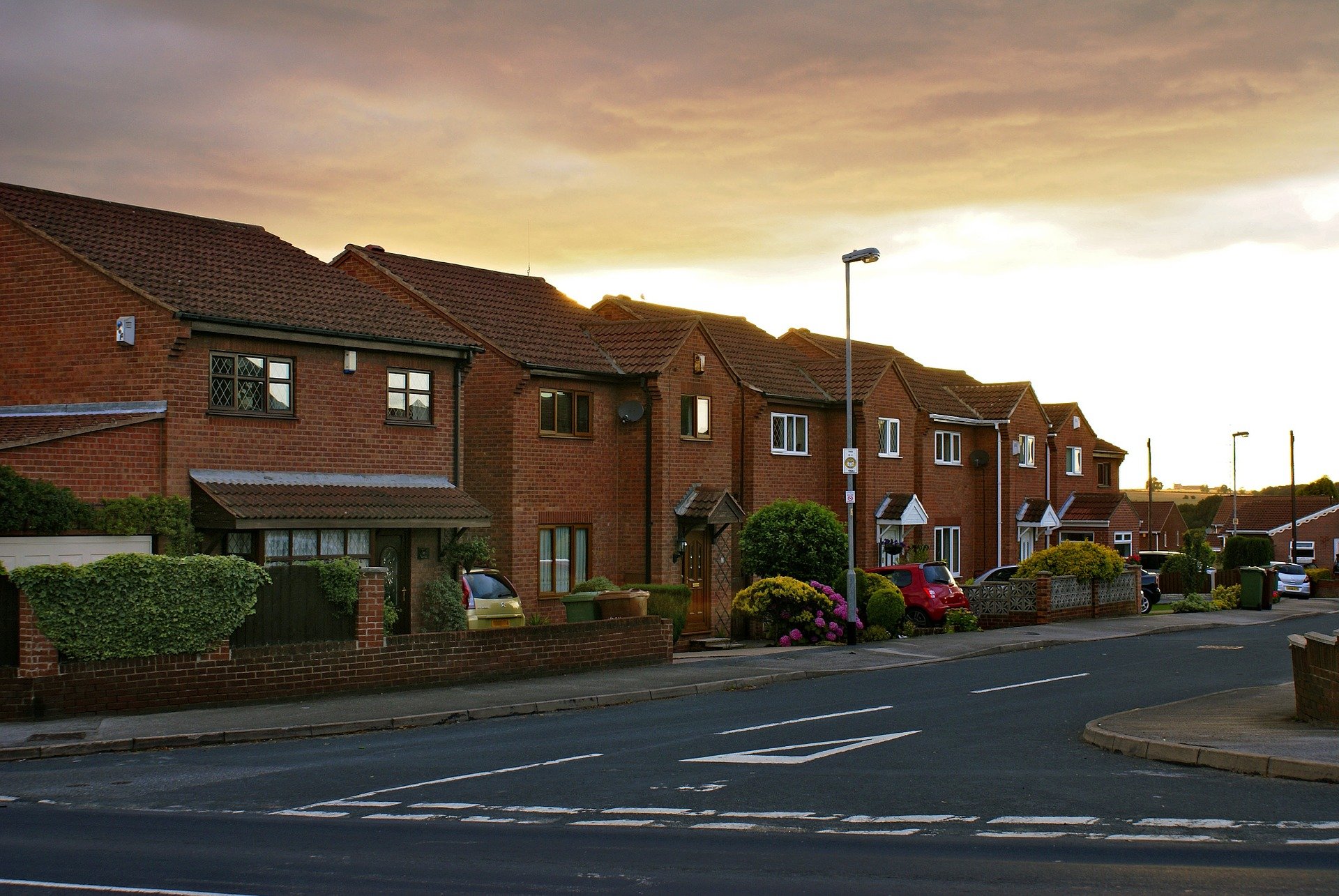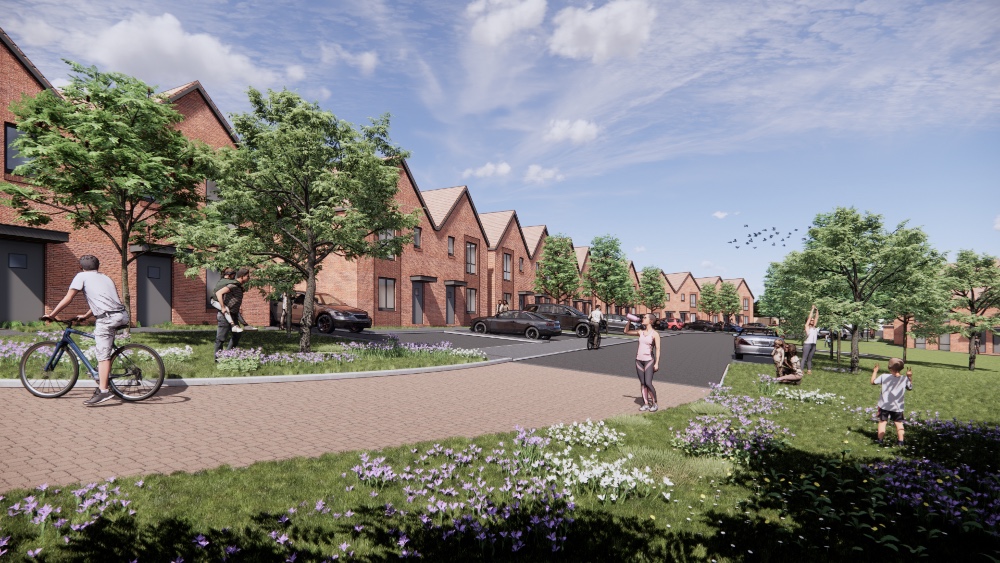How Are New Builds Supporting Social Housing?

New builds are helping tackle the current housing crisis, Housing Industry Leaders looks at why building to a good standard and retrofitting is essential, and how new builds are supporting social housing.
In April 2021 the UK government committed to cut carbon emissions by 78 per cent by 2035. Herefordshire Council’s Net Zero Carbon Affordable Housing Standard reveals that 49 per cent of UK carbon dioxide currently comes from buildings.
Housing Industry Leaders spoke to John Christophers, an associate at Associated Architects in Birmingham and sustainable architect of ‘zero carbon house’. 
There is not a standard good enough for the next generation of building
John began by explaining that to tackle the current housing crisis that we have, local authorities, housing associations and registered providers need to define the standard they need to build to.
He described the Herefordshire Future Homes (HFH) standard which is “a standard which has come out of two years of construction work both nationally and within Herefordshire.”
Highlighting three points from the HFH standard, John began by talking about the Passivhaus Plus standard. He explained that local authorities such as Wolverhampton, Norwich and York have committed to building to the standard.
Passivhaus is an energy-efficient building standard which is widely recognised in the UK and has been adopted for Council developed social housing.
The first Passivhaus building was built in 1991 with building scientist Wolfgang Feist investigating why previous low-energy houses hadn’t performed as expected.
It is revealed in the Herefordshire Council’s Net Zero Carbon Affordable Housing Standard that with Passivhaus, 90 per cent less heating is needed than an average house. Typically, Passivhaus heating bills may be £100 a year or less, contrasting with the £700 to over £3000 energy bills for UK homes.
Though John thinks that the standard is good in terms of fabric, ventilation, and some technical aspects, he thinks there is not a standard that is enough.
There is no adequate government standard for building the housing that we need for the next generation.
“I think there has been a big policy vacuum. The future home standard is being discussed now, but it is still uncertain as to exactly what that will be when it will come in and so forth. Into that vacuum, I think many people have looked to the Passivhaus standard.”
John compared Passivhaus to the HFH standard and said that whilst Passivhaus is focused on one thing, HFH looks at the bigger picture.
It focuses on ten principles including “wider sustainability things such as transport, food, sourcing of building materials. They start off with health and happiness as the first one.
“We know how important health is, not just to have low energy to inspire, we need to be creating things, which are buildings that people want to look after. They will still be there, and they will be treasured. We need to encourage the need for extensive design.”
Retrofitting is key to supporting social housing
John explained to Housing Industry Leaders that offsetting carbon by retrofitting existing homes is essential for social housing: “If we look at a typical Herefordshire market town or a village where we’re going to put or we want to think about 25 new homes, let’s say we need those new homes great, but what about all the other homes?
Say that maybe 80 per cent of their energy use maybe is their heating bills. Now, if we can take a number of those homes and we can insulate them to a very high standard.
Referring to the Association for Environmentally Conscious Buildings Retrofits Standard (AECB) and EnerPHit Standard, John said if we can retrofit a number of existing homes to these standards then “we will make a dramatic real tangible saving in carbon each and every year.”

Not only is saving in carbon good for transport, food production, local economy but it doesn’t leave behind homes that need this help. Building affordable and sustainable homes for those who need them enables communities to flourish.

